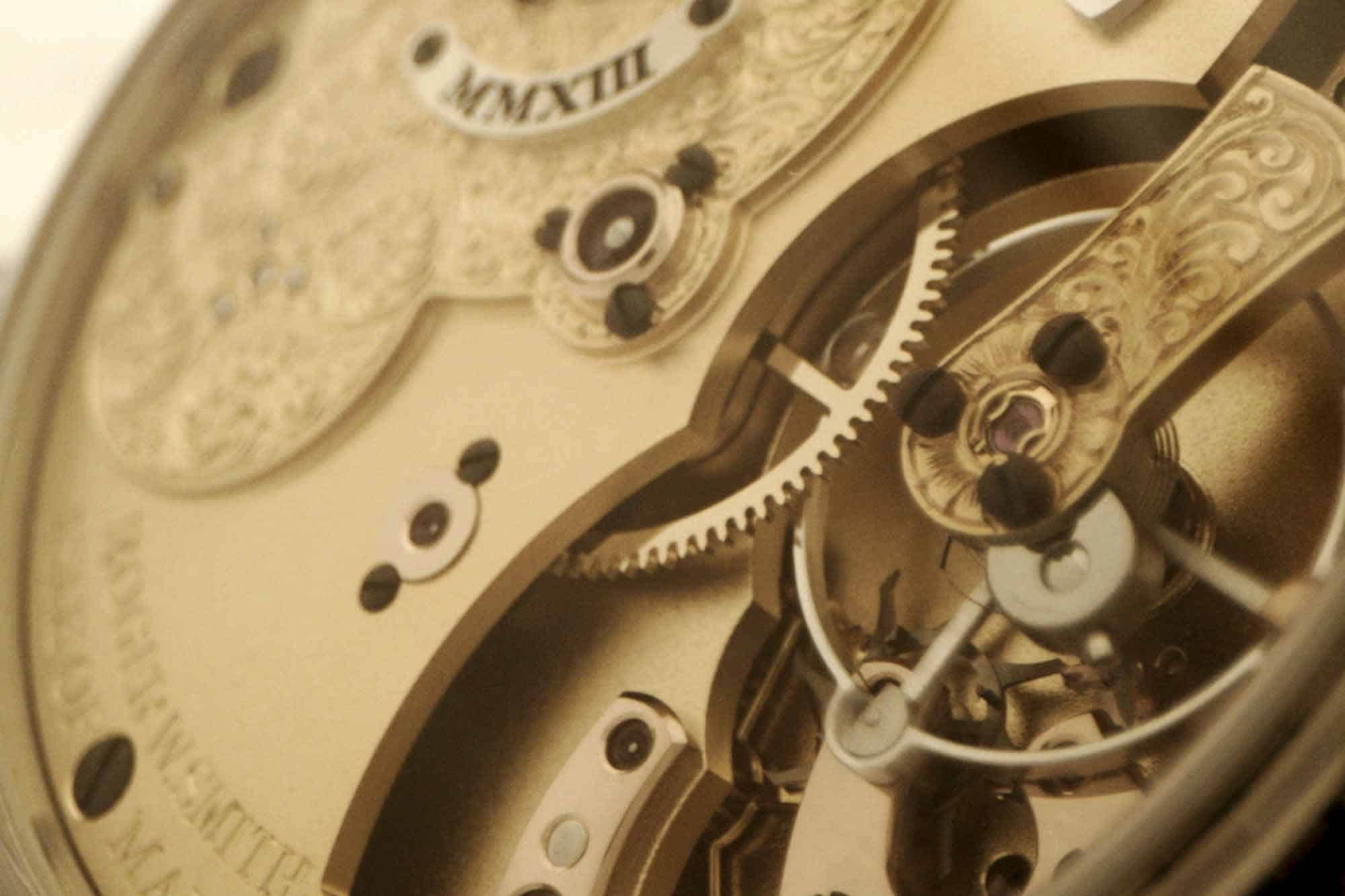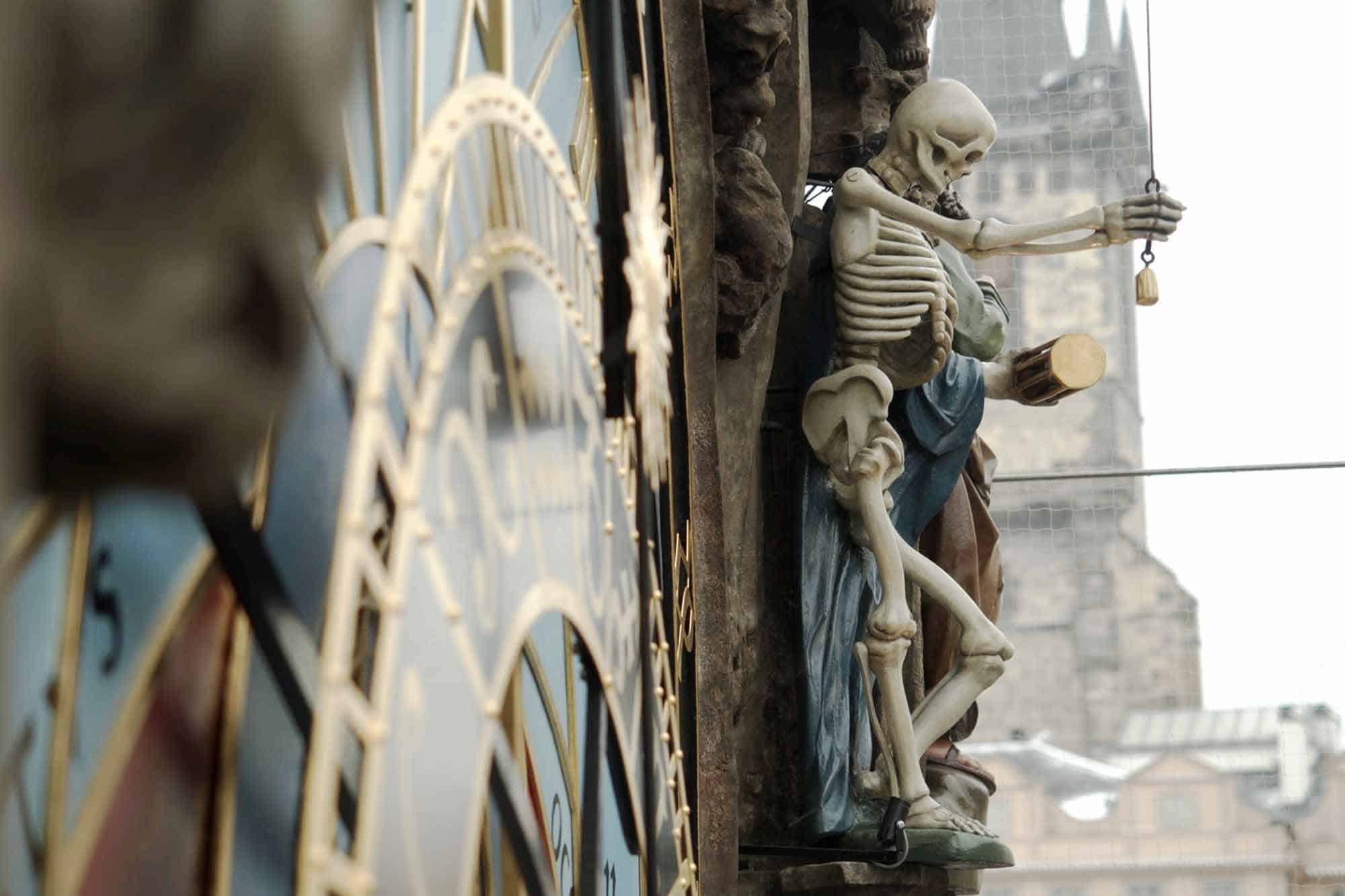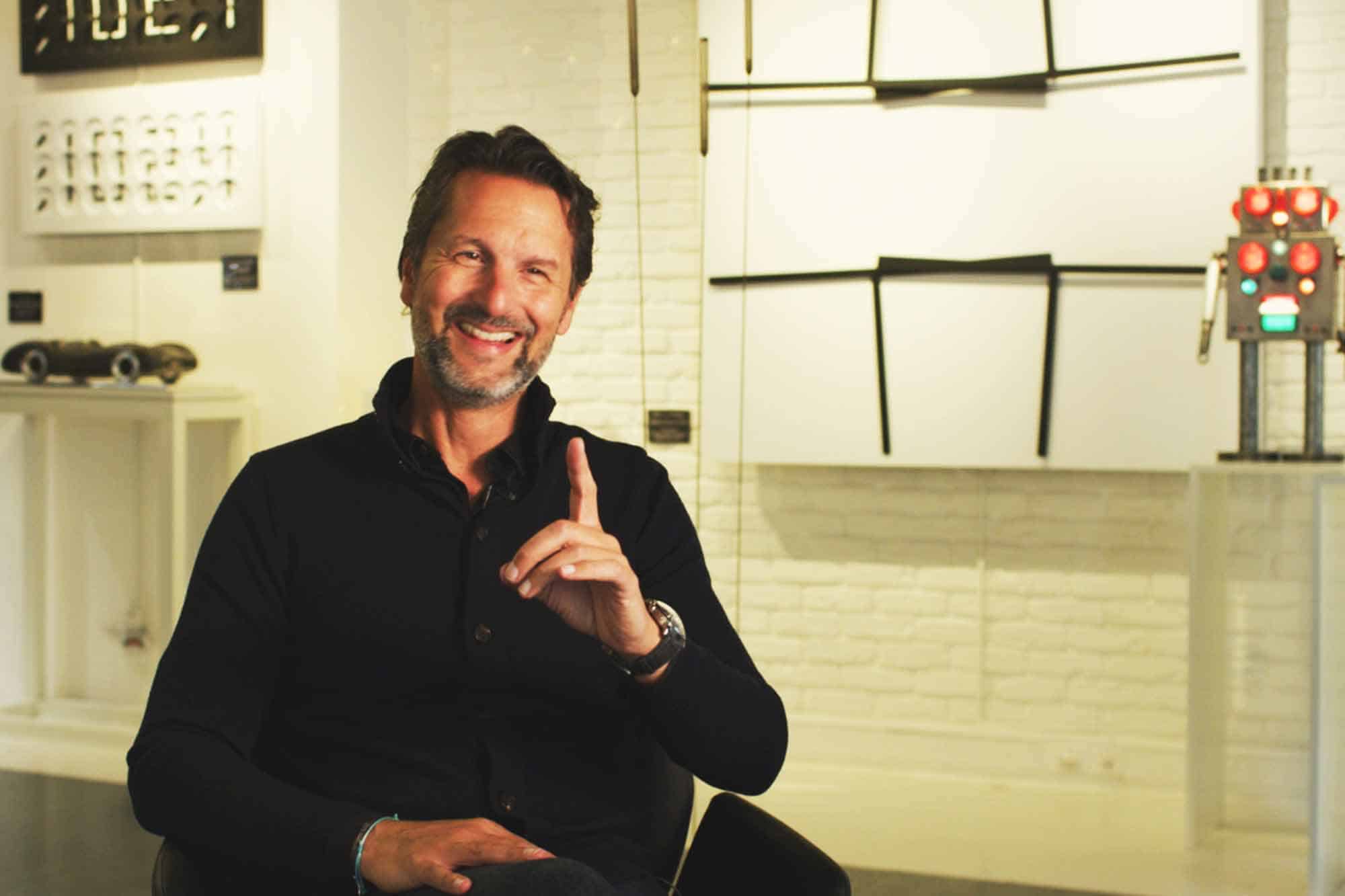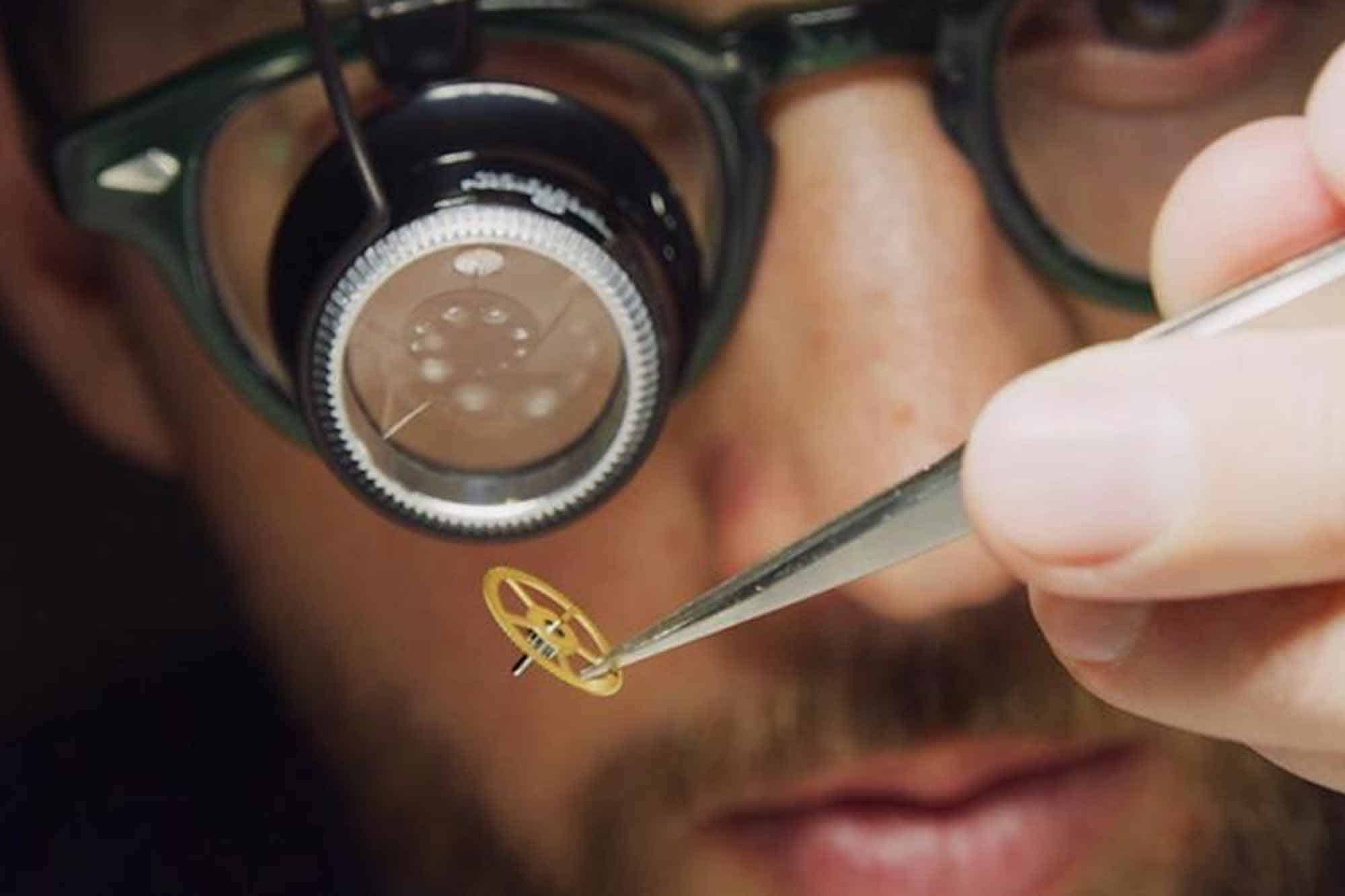Keeper of Time opens with a sequence that I think is meant to hook people who have never given watches a second thought. We see a watchmaker, in close-up, carefully assembling a mechanical movement. The tiny screws, the little gears, piecing it all together. And then he drops the balance in and it comes alive. Suddenly this watch movement, which you might even know is a watch movement if you’ve never seen something like this before, is fully animated, almost organic as the balance wheel pulses back and forth. From there, we cut to majestic scenes of New York City at dawn as the opening credits unfurl, and we hear voice over from the film’s interview subjects about the nature of time itself. The sun is a timekeeper, time is unexplainable, and that there is no time at all, and all a clock measures is a change in the shape of the universe. It’s an early clue that Keeper of Time isn’t just “the watch documentary” we were promised in the trailer. It’s quite a bit more ambitious than that.
That’s not to say that there isn’t a ton of great watch content in Keeper of Time, because of course there is. There’s an extended sequence, for example, in Philippe Dufour’s workshop, where we see him diligently hand finishing a watch with tools he made by hand, and he tells us that he can determine if a component is properly polished by the temperature of the metal against his skin. But Keeper of Time really shines, in my opinion, when it becomes more philosophical, and moves away from the specificity of watches and toward something quite a bit more universal.
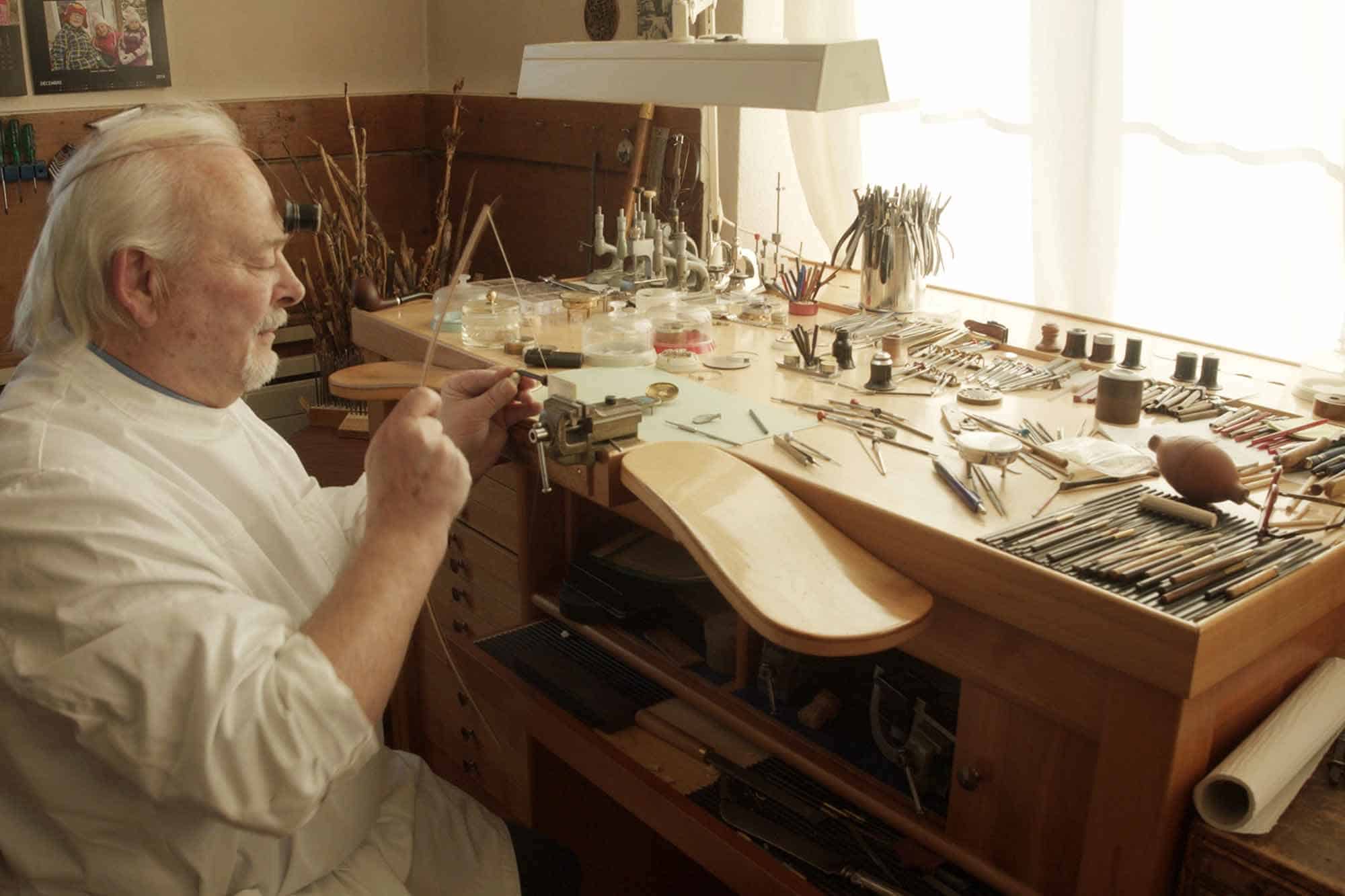









 Featured Videos
Featured Videos





